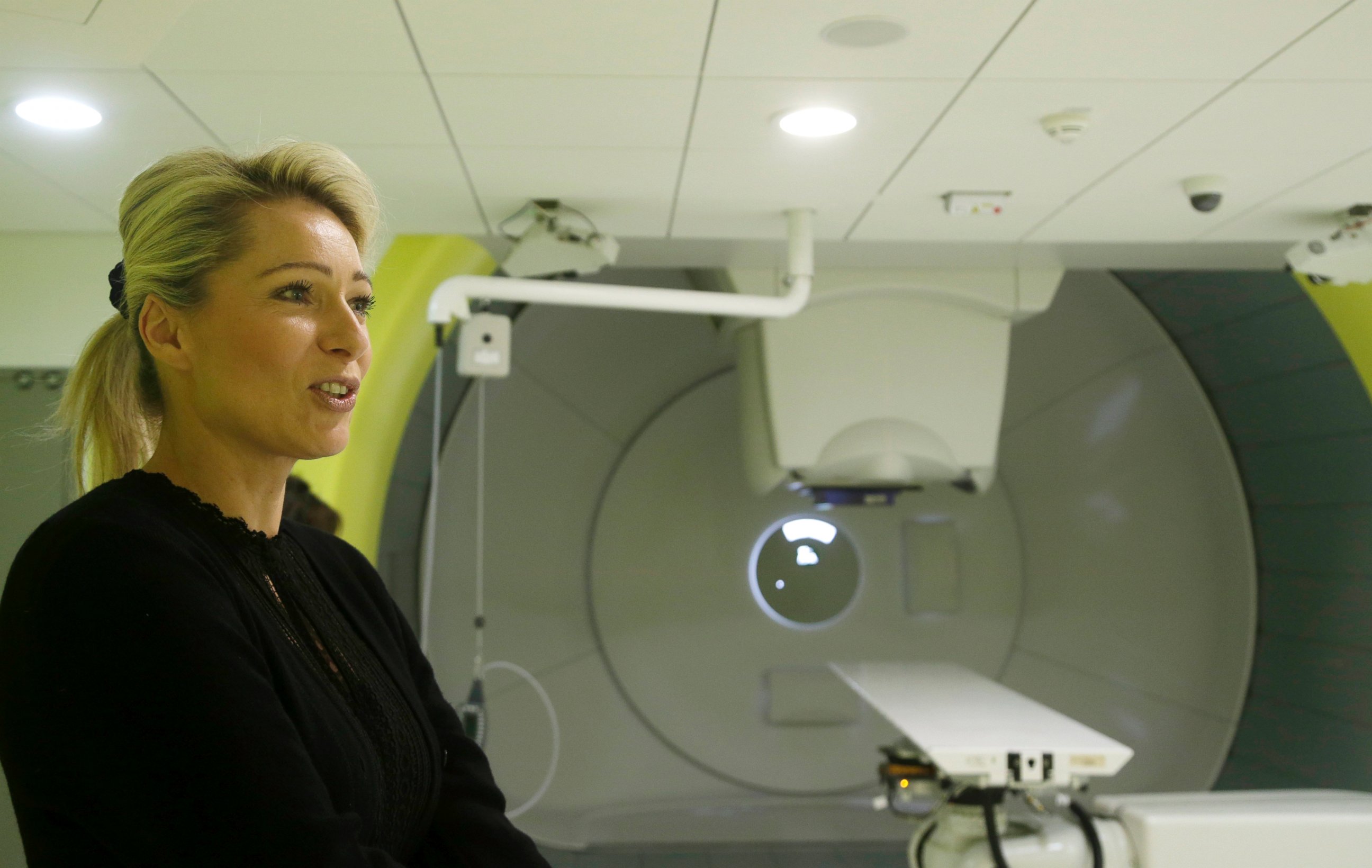How Ashya King's Dramatic Recovery Is Changing Cancer Treatment
Britain is opening its first three proton beam therapy centers.
— -- The United Kingdom is set to open its first three proton beam therapy centers to treat cancer after a 5-year-old boy appeared to make a complete recovery after seeking the treatment in the Czech Republic.
The parents of Ashya King were briefly jailed after taking him from a British hospital last year. The child ultimately underwent six weeks of treatment at the Prague Proton Therapy Center in the Czech Republic, Iva Tapounova, the director of the center confirmed to ABC News. His son is now cancer free, the boy’s father, Brett King, said in a video posted to YouTube last month.
The first British center will open in Wales next year, with two others to follow in London and Northumberland by 2017, the National Health Services said in a statement. Treatment will be available for NHS patients from England, Scotland and Wales, as well as patients who pay through private insurance, the statement said.
Proton beam therapy is a type of radiation therapy that uses protons -- positively charged subatomic particles from hydrogen atoms -- rather than x-rays, said Dr. Sameer Keole, the medical director for proton therapy at the Mayo Clinic in Minnesota.
“The advantage of proton beam therapy is that it is more precise than x-rays,” Keole said. “It can reduce the dose of total radiation by up to 70 percent.”
Think of x-rays as being like bullets and proton beams like depth charges, Keole explained. Like a bullet, x-rays travel through the body and come out the other side with no way to control them, Keole said. Protons stop right at the target site, thereby concentrating the radiation on the cancer cells while sparing more of the surrounding healthy tissue, he added.

Proton beam therapy is primarily used to treat pediatric cancers like King’s as well as brain, lung and head and neck cancers, Keole said. Increasingly it’s also being used to treat breast cancer on the left side of the body to avoid bombarding the heart with radiation and causing cardiac problems later on.
Less than one percent of cancer patients are given proton beam treatment, Keole said. One big barrier is cost.
“It can cost four or five times more to build a proton therapy treatment center compared to a traditional x-ray facility,” he said.
Another drawback: It may take years or even decades to realize the advantages from proton therapy. That’s why it’s often a good option to treat childhood cancers but probably not practical for patients with shorter predicted life expectancy, Keole said.
Keole said he has worked with the NHS to bring up to 150 cancer patients a year from the U.K. to the U.S. for treatment. He said he expected fewer patients to make the trip abroad once the new centers open in the U.K.
“We only intended our programs to be a bridge until their centers were up and running,” he said. “It will be good for them to be treated in their own country.”




